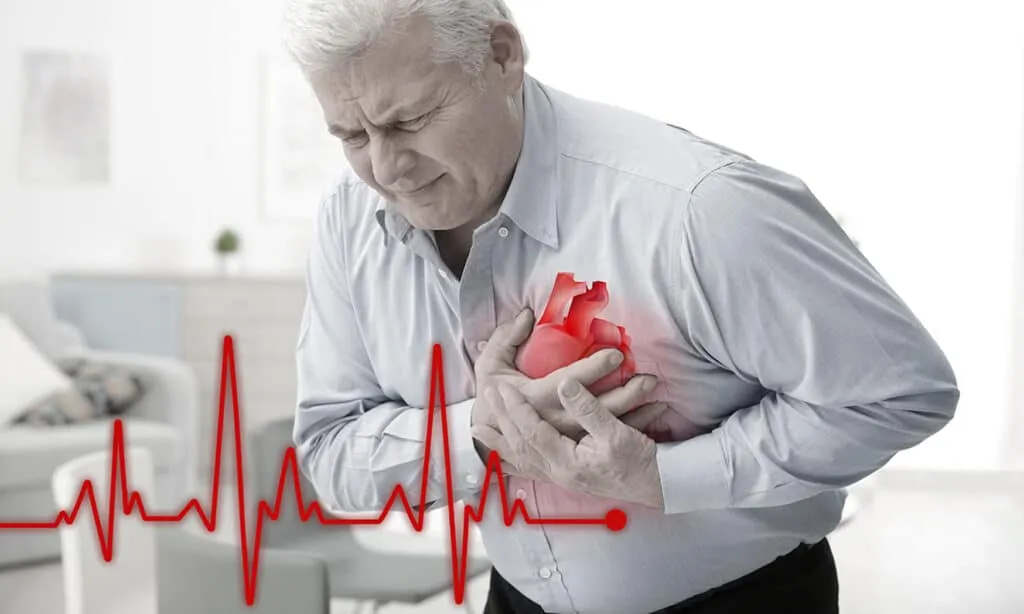The human heart depends on precise electrical signals to maintain its rhythm. When those signals become irregular or unreliable, the result is often a condition known as arrhythmia. Left unmanaged, arrhythmias can cause uncomfortable symptoms and potentially disrupt daily activities. Pacemakers offer a reliable solution to regulating heart rhythms, providing patients with a path to improved health and overall quality of life.
Managing Heart Arrhythmias
Arrhythmias can occur when the natural electrical impulses controlling the heartbeat are too fast, too slow, or irregular in rhythm. Common symptoms include fatigue, dizziness, and shortness of breath, though some people may not experience noticeable signs. These irregularities can stem from issues such as malfunctioning heart tissue, aging, or underlying medical conditions.
A pacemaker is a small, implanted device designed to regulate heart rhythm. It monitors the heart’s electrical activity and sends electrical pulses to correct irregularities. For individuals diagnosed with conditions such as bradycardia, a slower-than-normal heart rate, or other rhythm-related issues, a pacemaker serves as a tool in managing symptoms and supporting consistent cardiovascular function.
Using Pacemakers Effectively
Pacemakers work by making sure the heart maintains a stable rhythm. Proper use, combined with medical guidance, enhances results. Below are some key aspects of using pacemakers effectively:
- Following Medical Advice: Regular follow-up appointments are beneficial for monitoring pacemaker functionality and making necessary adjustments to its settings. Physicians analyze data from the device to make sure it meets the patient’s needs.
- Adhering to Post-Surgery Guidelines: After implantation, patients typically receive recommendations to limit physical strain while the surgical site heals. Adhering to these instructions helps prevent complications and promotes recovery.
- Factors to Keep in Mind: Individuals with pacemakers are often advised to avoid prolonged exposure to strong electromagnetic fields, as these can interfere with the device. Patients might also be advised to monitor interactions with everyday technology, such as mobile phones or certain medical equipment, under their doctor’s guidance.
- Staying Alert to Changes: While pacemakers are robust and dependable, it’s beneficial to remain aware of symptoms that might indicate a problem, such as fatigue or irregular heartbeats. Reaching out to a healthcare provider for any concerns allows for timely intervention if needed.
By integrating these practices, patients can maximize the benefits of their pacemaker and maintain a stable heart rate.
Improving Life Quality
Beyond regulating heart rhythms, pacemakers often bring noticeable improvements to daily living. Stabilizing a patient’s heartbeat allows their body to receive an adequate supply of oxygen-rich blood, reducing the symptoms linked to arrhythmias. Increased energy levels can lead to greater physical activity, which supports overall cardiovascular health.
Many individuals also notice a reduction in disruptions to their routine. With proper management, previously limiting symptoms like dizziness or fatigue may diminish, allowing people to return to hobbies, work, and family activities more comfortably. The physical improvements facilitated by pacemakers frequently translate into enhanced emotional well-being as individuals regain a sense of normalcy in their lives.
Choose Cardiovascular Health Today
Taking control of cardiovascular health is a proactive step that can significantly improve well-being. For those living with arrhythmias, pacemakers provide a tool for stabilizing heart rhythms and reducing complications. When paired with proper medical support, this device helps many individuals manage their condition effectively and regain their quality of life. If you’re looking into a pacemaker or need guidance on managing arrhythmias, contact a specialist today to explore your options and take the next step toward better heart health.

Leave a Reply